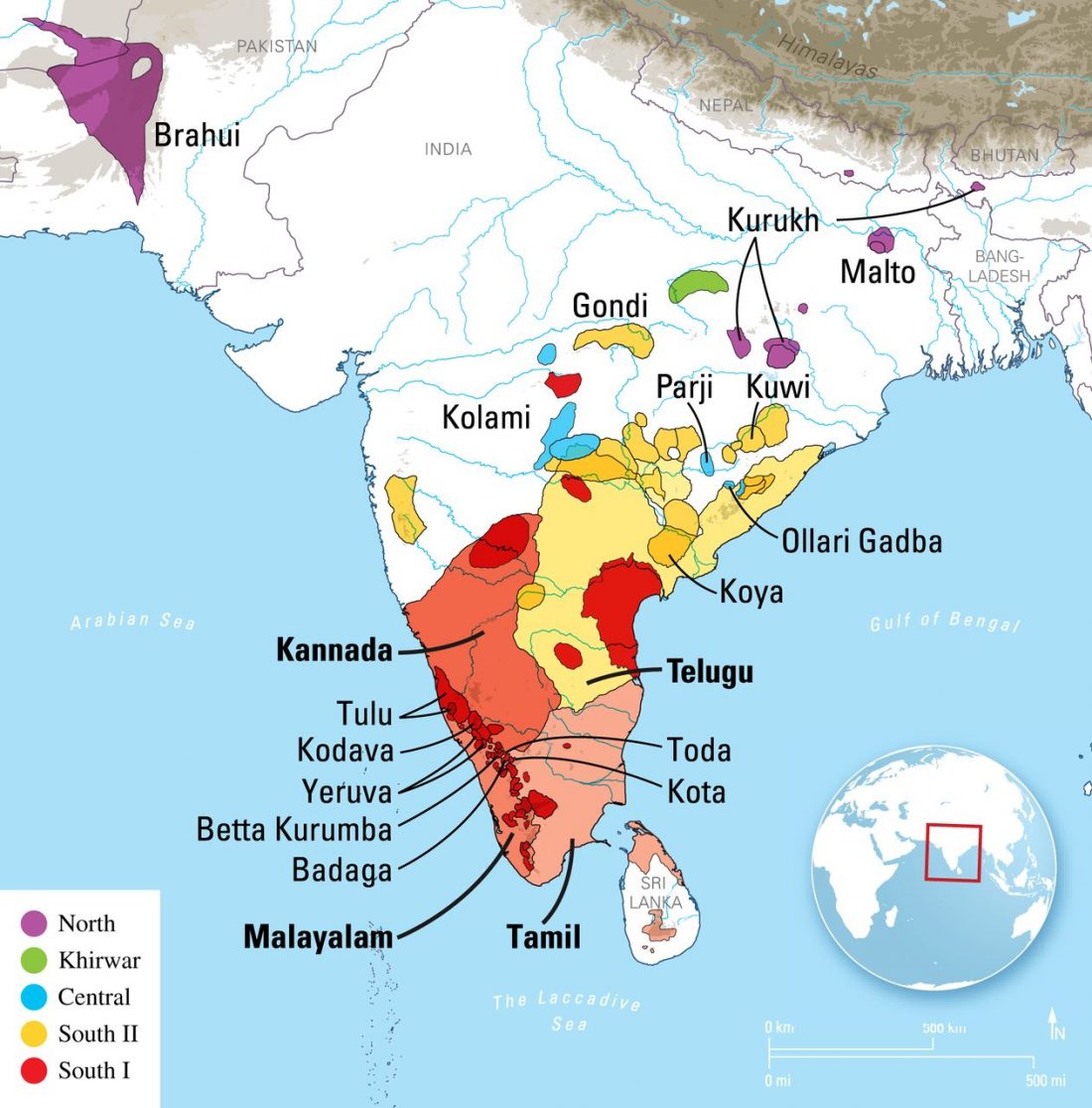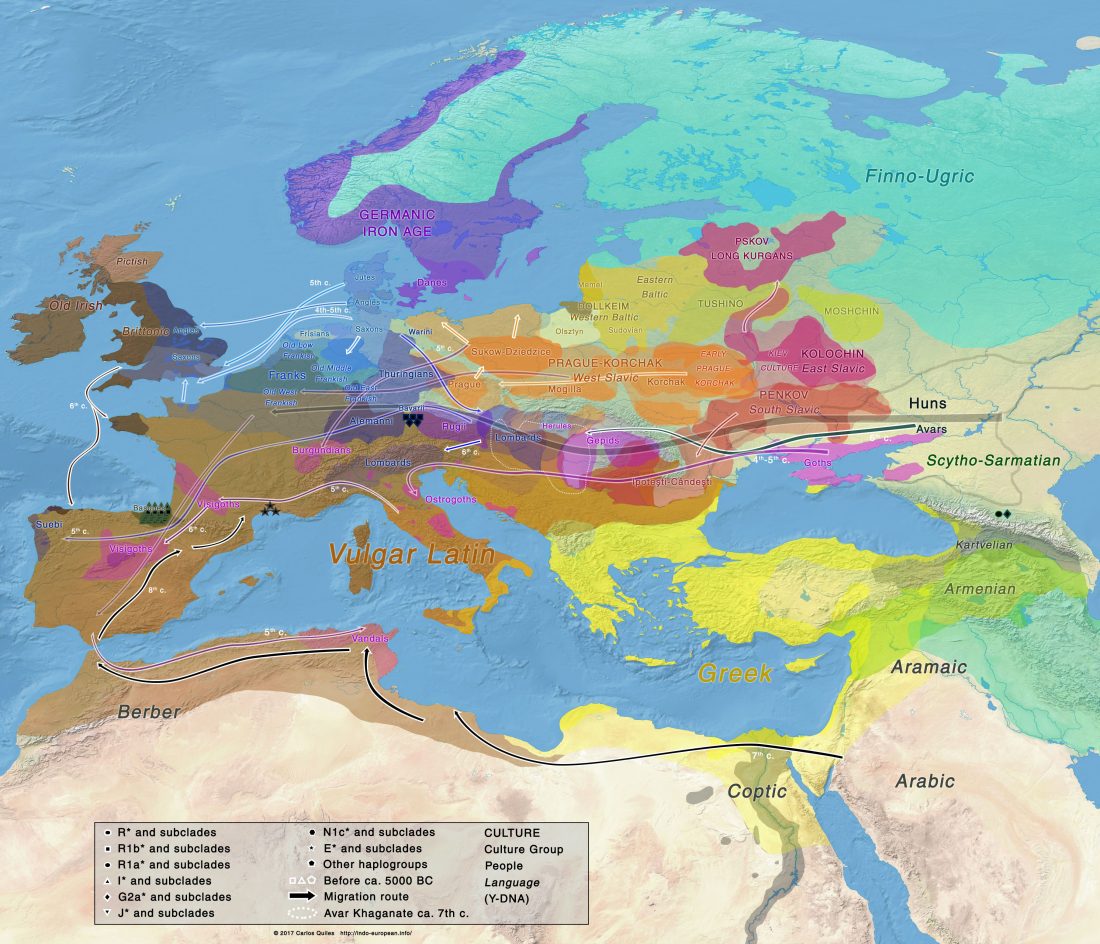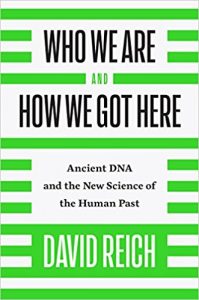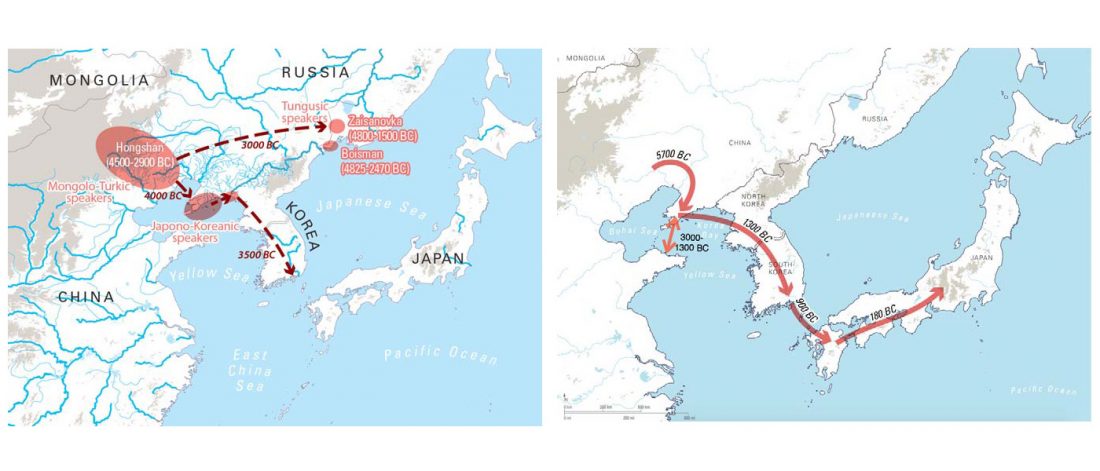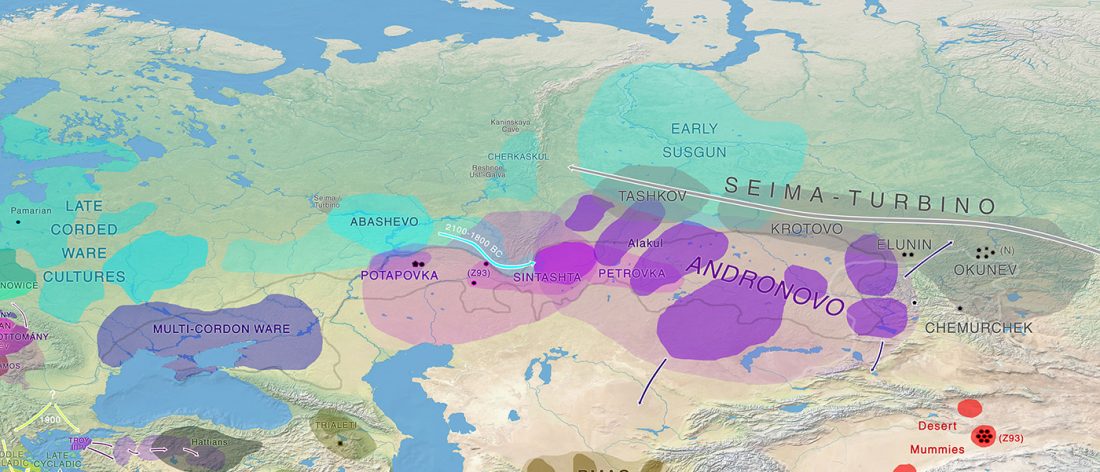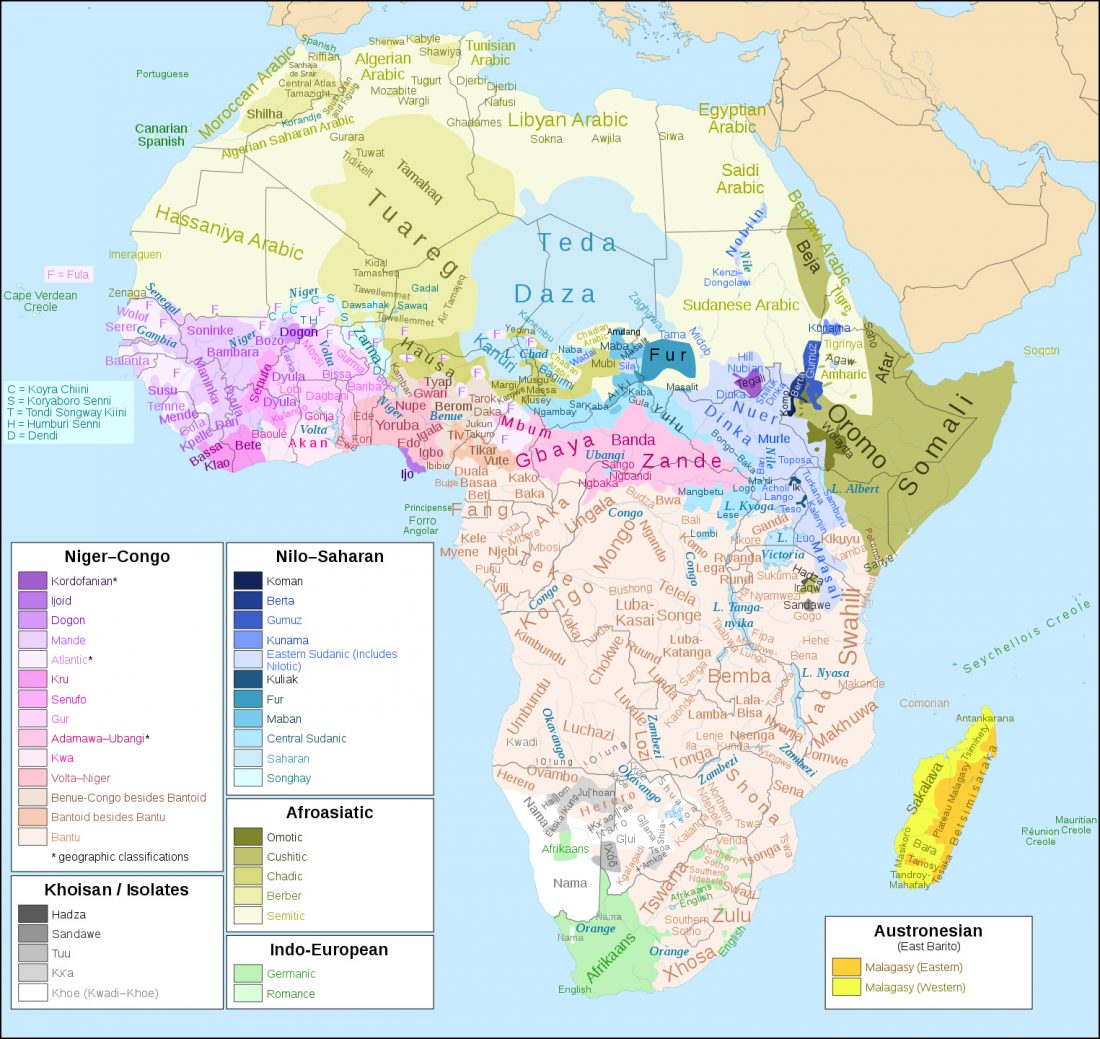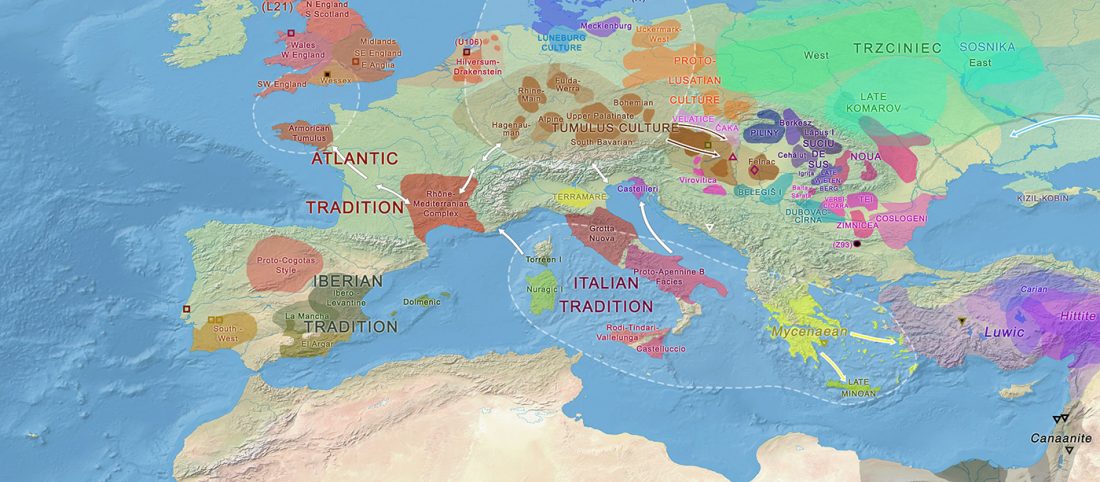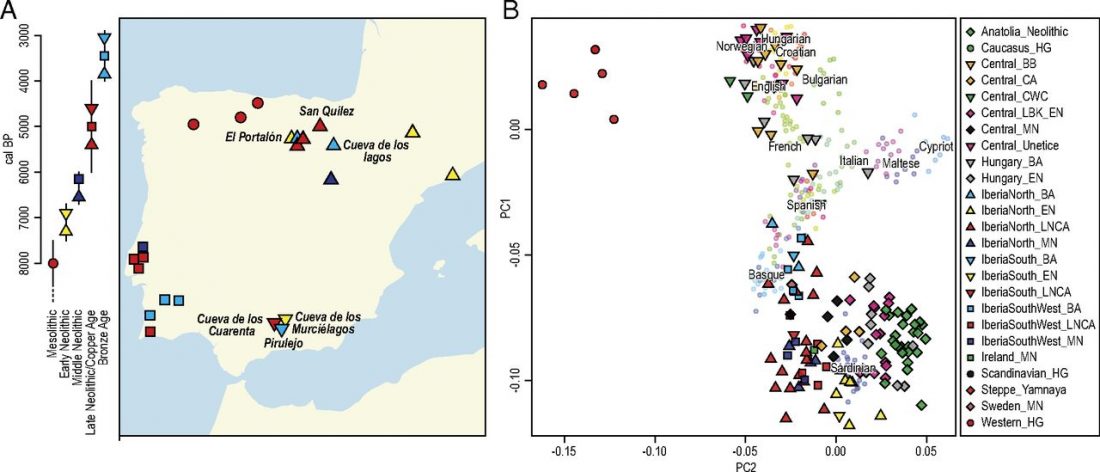Yet another Bayesian phylogenetic tree – now for Dravidian
Open access A Bayesian phylogenetic study of the Dravidian language family, by Kolipakam et al. (including Bouckaert and Gray), Royal Society Open Science (2018).
Abstract (emphasis mine):
… Read the rest “Yet another Bayesian phylogenetic tree – now for Dravidian”The Dravidian language family consists of about 80 varieties (Hammarström H. 2016 Glottolog 2.7) spoken by 220 million people across southern and central India and surrounding countries (Steever SB. 1998 In The Dravidian languages (ed. SB Steever), pp. 1–39: 1). Neither the geographical origin of the Dravidian language homeland nor its exact dispersal through time are known. The history of these languages is crucial for understanding prehistory in Eurasia, because despite their
